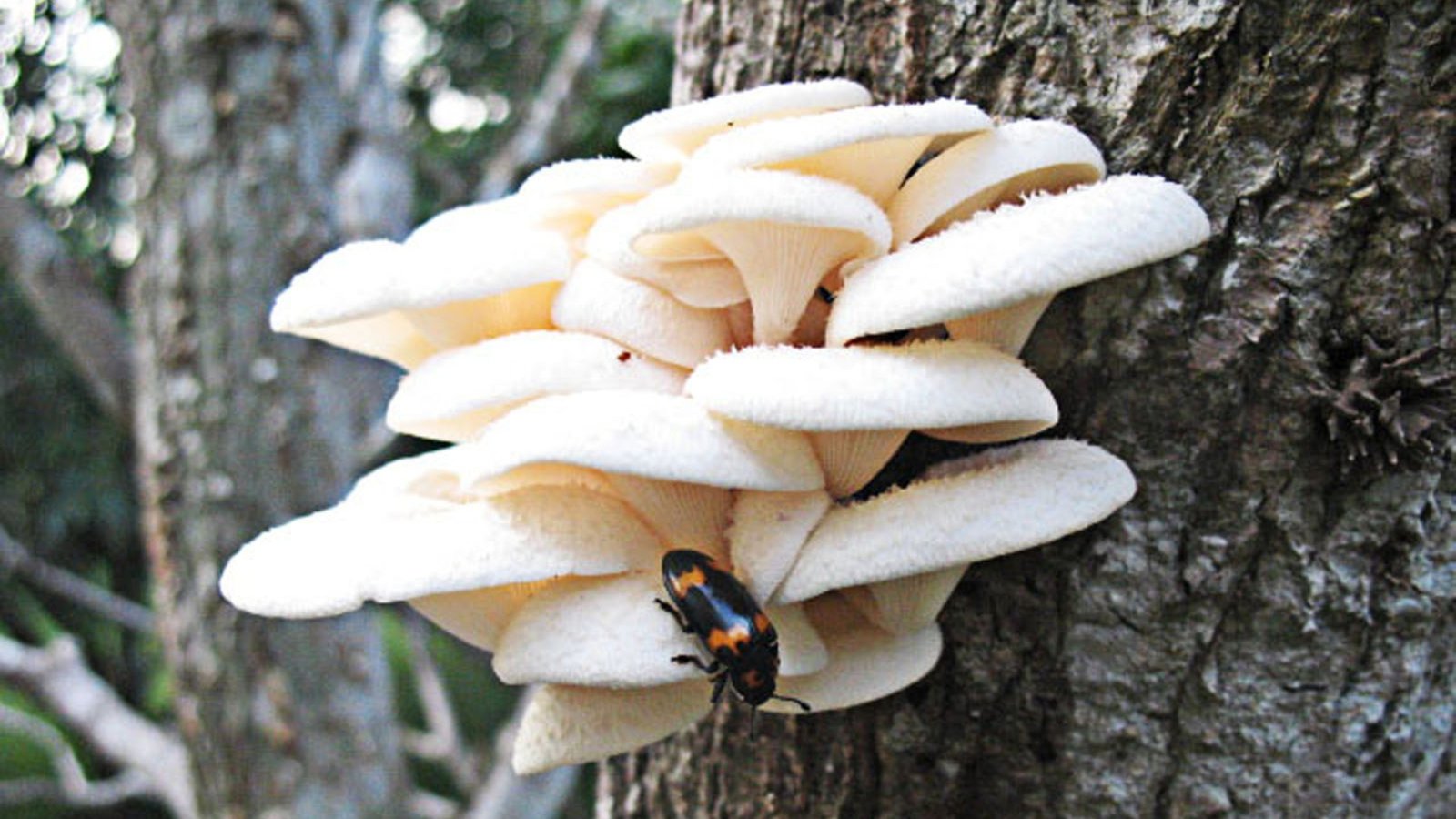The world of mycology unfolds a panoply of fascinating aspects, not least of which is the cultivation of mushrooms. As the study of fungi, mycology enables us to harness the power of these unique organisms, often hidden in plain sight, yet critical to the health and survival of many ecosystems. Not only can mushroom cultivation be a gratifying hobby, but it can also contribute to food security and ecological balance. In this article, we shall delve into the dynamic arena of outdoor mushroom cultivation, exploring a range of techniques and the benefits associated with them.
Garden Bed Cultivation:
Garden bed cultivation is an accessible method for growing mushrooms outdoors, particularly favored by beginners due to its simplicity. This technique begins with preparing a plot of land. Choose a shaded area to protect your mushrooms from the harsh rays of the sun and to maintain an environment of higher humidity. Next, enrich the soil with organic materials such as compost, leaf litter, or well-rotted manure, creating a nutrient-dense substrate.
After your garden bed is prepared, it’s time to introduce the spawn. Spread the spawn evenly across the bed, mixing it into the top layer of the substrate. Then, cover the spawn with a thin layer of straw or cardboard to keep it moist and protected. Mushrooms like Wine Caps (Stropharia rugosoannulata) or Elm Oysters (Hypsizygus ulmarius) are particularly well-suited to this method as they both flourish in compost and simultaneously enrich the soil, aiding in the creation of a nutrient cycle that promotes the health of your garden as a whole.
Log Cultivation:
Another popular method, log cultivation, is especially useful for growing wood-loving mushrooms like Shiitake (Lentinula edodes) and Oyster (Pleurotus ostreatus). This technique involves inoculating hardwood logs with spawn and maintaining the right conditions for fungal growth. Logs must be kept in a shady, humid environment and should be regularly watered during dry periods. While this method may require more effort and a longer waiting time (up to a year), it has the advantage of yielding mushrooms for many years, given proper care.
The first step in this process is obtaining fresh, healthy hardwood logs from species like oak or maple. The logs should ideally be cut in late winter or early spring when they contain the most sap and nutrients.
Once you have your logs, you’ll need to inoculate them with spawn. This is often done using dowels that have been colonized by the mycelium, known as plug spawn. Drill holes into the log, insert the plug spawn, and seal it with wax to protect the mycelium from drying out or being invaded by other organisms.
Position the inoculated logs in a shady, humid environment to mimic the natural conditions these mushrooms prefer. The logs should be kept off the ground, on a rack or leaned against a structure, and be regularly watered during dry periods. While log cultivation does require more effort and a longer waiting period (up to a year), it provides the advantage of yielding mushrooms for many years with the right care.

Woodchip Piles:
Woodchip cultivation is another effective method for growing certain types of mushrooms, such as Wine Caps. This technique involves creating layers of fresh woodchips and mushroom spawn in a similar fashion to lasagna gardening. Locate a suitable, shaded area and lay down a thick layer of fresh woodchips. Following this, spread a layer of mushroom spawn, repeating these layers until you have a sizable pile.
Keep the pile moist and let nature take its course. This technique is relatively easy to set up and, provided you have access to fresh woodchips, can prove to be a cost-effective way to cultivate a substantial quantity of mushrooms.
Inoculated Totems and Stump Cultivation:
Inoculated totems and stump cultivation are advanced methods that offer opportunities for experimentation, however, they do tend to require a higher degree of skill and patience. These techniques involve layering or injecting spawn into logs or stumps. Totems can be great for species like Shiitake, Lion’s Mane (Hericium erinaceus), or Chicken of the Woods (Laetiporus sulphureus), while stump cultivation works well with plug spawn of different mushroom species.
Creating an inoculated totem involves cutting a log into sections, making a sandwich of spawn between the sections, and sealing the construct in a bag to maintain humidity. Shiitake, Lion’s Mane, or Chicken of the Woods are ideal candidates for this method.
Stump cultivation employs the natural process of decomposition that occurs in stumps. Drill holes into a fresh stump, fill these with plug spawn, and seal with wax. Over time, the stump will become colonized by the mycelium and produce a bounty of mushrooms.
Outdoor Cultivation Benefits and Considerations:
Outdoor mushroom cultivation provides a sustainable and gratifying means of producing food while simultaneously benefiting the environment. The process recycles organic waste and improves soil health, facilitating the creation of more resilient, nutrient-rich ecosystems.
However, successful cultivation is contingent on a range of factors. It is crucial to consider local climate, mushroom species, substrate choice, and pest management. Understanding the preferred conditions of your chosen mushroom species and how to create and maintain those conditions is key. In some regions, the climate may be suitable for year-round cultivation, while in others, seasonal changes may require adaptation and preparation. Furthermore, maintaining a balance to prevent pests while also not harming the local biodiversity can be a delicate endeavor.
Remember, every step in mushroom cultivation is a learning process, and with each hurdle, you gain more knowledge and insight into the fascinating world of mycology.

As you embark on your outdoor mushroom cultivation journey, remember, you don’t have to do it alone. The 🍄 Mushroom Network offers a supportive community of fellow mycologists, hobbyists, and experts eager to share their experiences, provide advice, and even share strains. By joining this network, you get access to a wide range of resources that can significantly enhance your cultivation experiences.
Moreover, you can delve into the marketplace for Mycologist Vendors to purchase high-quality spawns, substrate materials, and even complete cultivation kits. Whether you’re a novice grower or a seasoned mycologist, these tools can aid your cultivation process and enhance your yield. By supporting these vendors, you’re contributing to a thriving community of mycologists dedicated to preserving and promoting the wonderful world of fungi.
By harnessing the power of nature through outdoor mushroom cultivation, we have the potential to not only enrich our tables but also contribute to a more sustainable and resilient world. And remember, every mushroom you cultivate is a step towards understanding this fascinating realm of life a little better.
Happy Cultivating!
Recommended Reads:
The Health Benefits of White Oyster Mushrooms
White Oyster Mushrooms (Pleurotus Ostreatus) are prized globally not just for their culinary versatility but...
Read More...Mystical Mycelium: Quantum Physics and the Interconnectedness of Fungi
The interconnectedness of fungi through mycelial networks represents one of nature’s most fascinating and complex...
Read More...Outdoor Mushroom Cultivation: Harnessing Nature’s Power
The world of mycology unfolds a panoply of fascinating aspects, not least of which is...
Read More...Psychedelia and Pantheism: The Cosmic Connection
About This Article: Embark on a cosmic odyssey with our in-depth exploration of Psychedelia and...
Read More...Whoa there, Spore Sport! 🍄 Looks like you’re not logged in yet. Don’t you know what you’re missing? MYCO-CREDITS! Imagine all the fungal fun you could have. It’s like finding a Morel in May and not picking it. Tragic, right? Log In or Become a Myco-Patron and start racking up those credits. It’s more rewarding than finding a mushroom in your backyard! 🌟🏡









